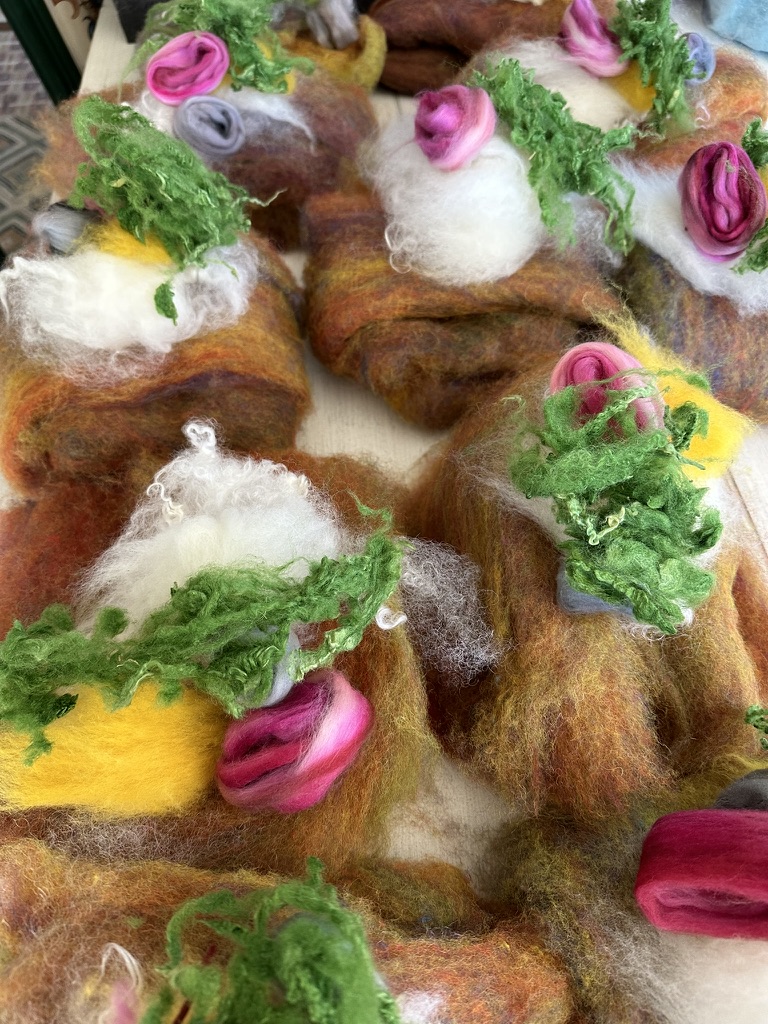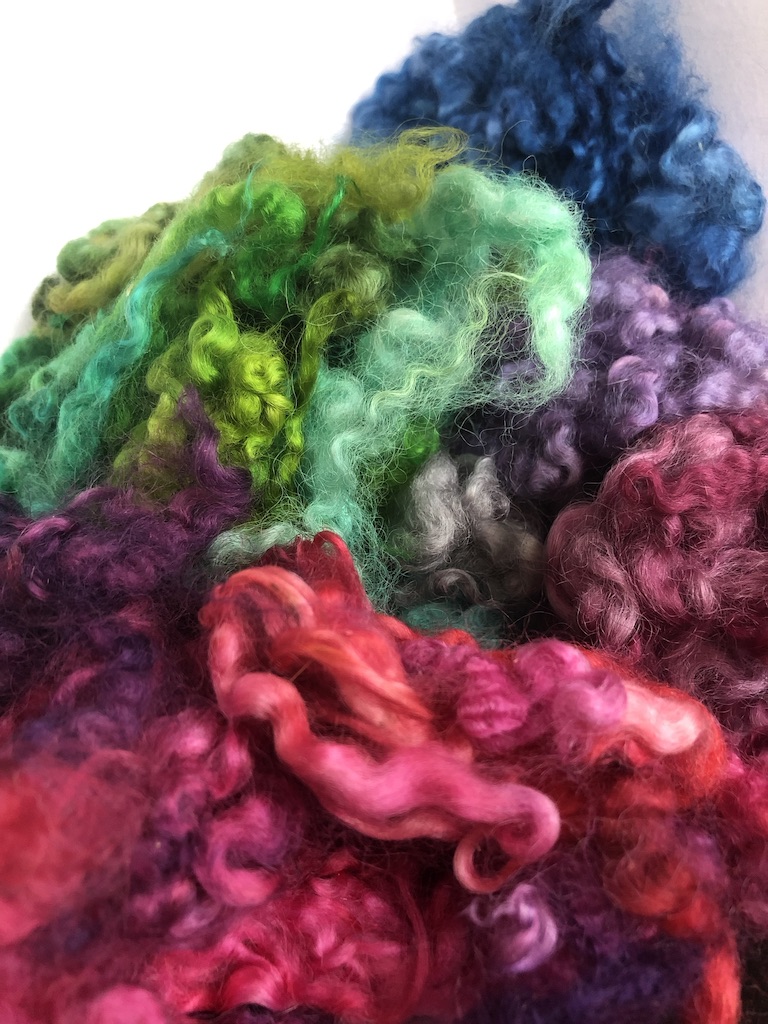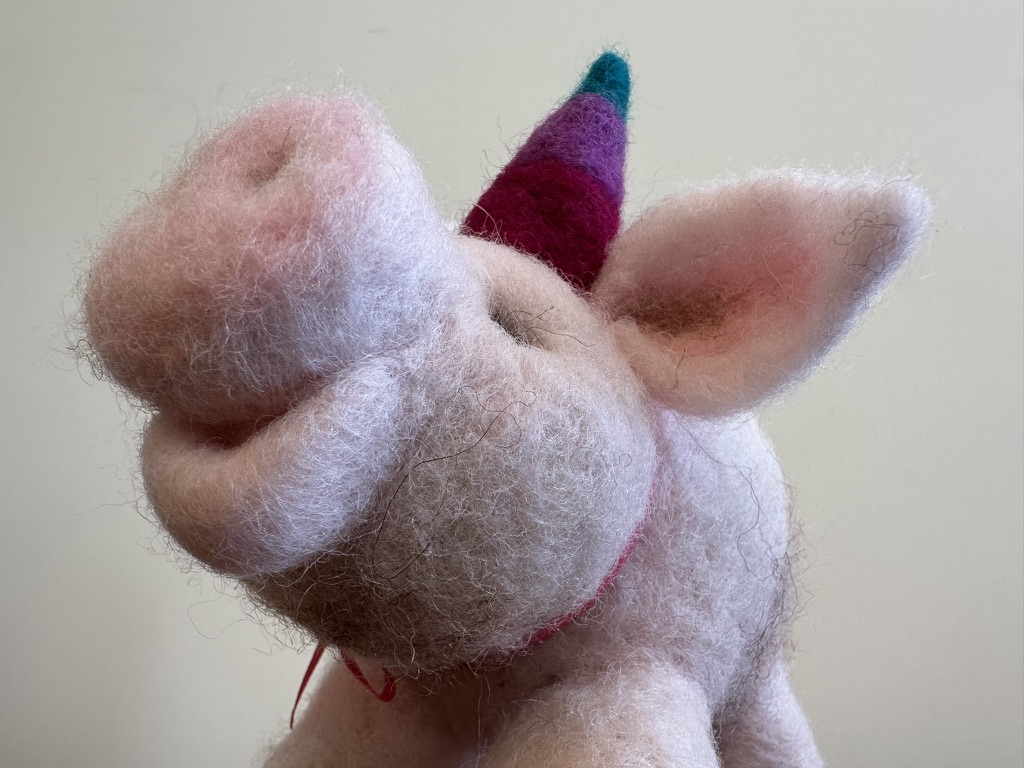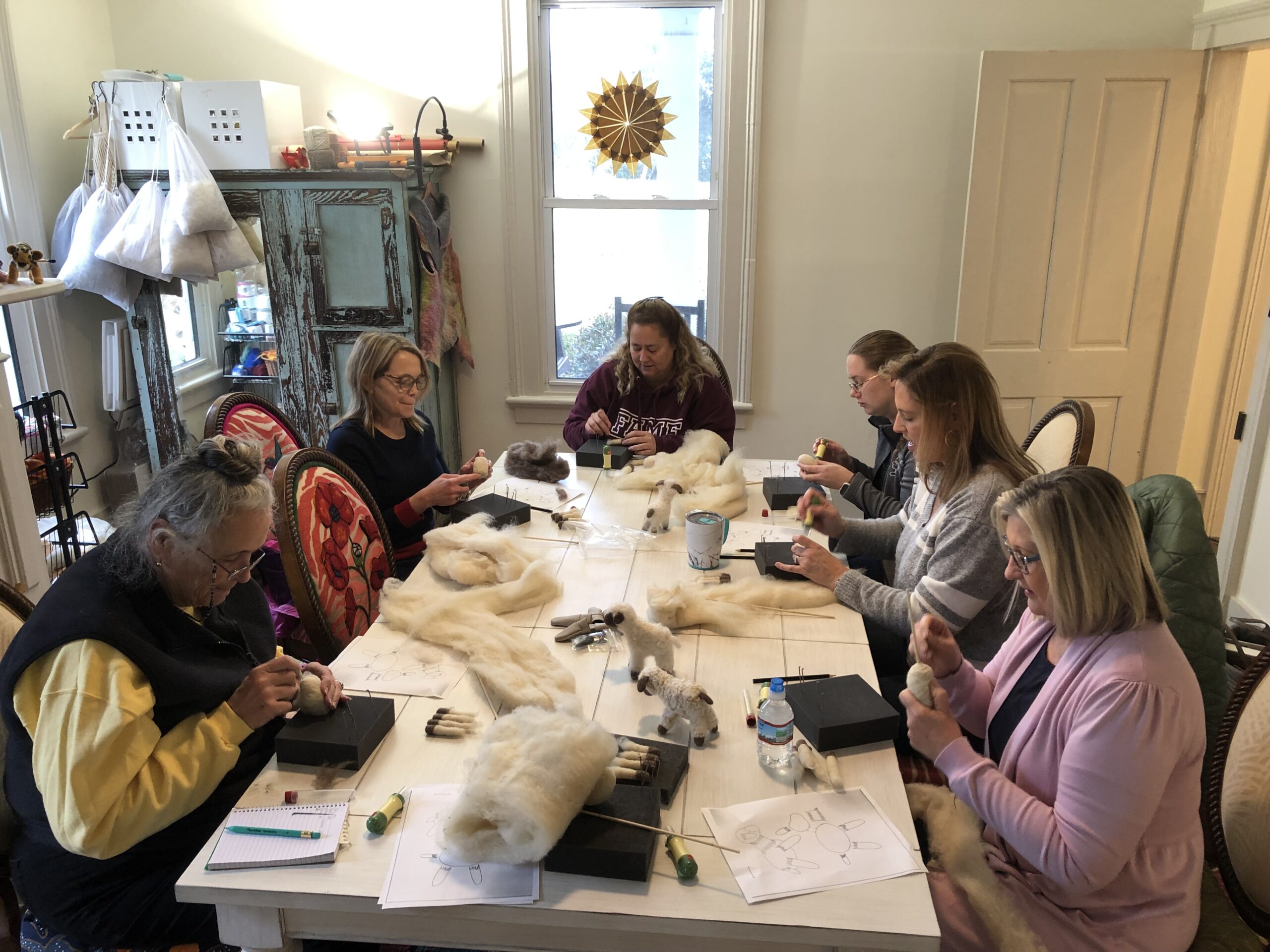Since our relocation to Chowan County in North Carolina, I’ve enthusiastically embraced the tradition of entering my needle-felted creations into the county fair exhibit competition. It’s become a thrilling annual ritual, filled with the excitement of showcasing my work alongside the talents of others.
Before our move here, I’d never considered competing in such events, having not grown up with this tradition, but I’ve discovered a newfound passion for it. Last year marked a turning point when, to my astonishment, my meticulously felted owl not only won a “Best of Show” ribbon at the regional fair but was chosen by the judges to continue the journey to the North Carolina State Fair where she also clinched the coveted “Best in Show” ribbon within its category.
That momentous achievement ignited a competitive spirit within me. Now, I’m eagerly preparing to enter a needle- and wet-felted Blue Jay into this year’s competition, hoping and wishing that my creation will not only impress the local judges but also continue its journey to greater acclaim. Wish me luck!
Here are some pictures of the process. I am not quite done, but the fair is coming up fast, so I better get to it…


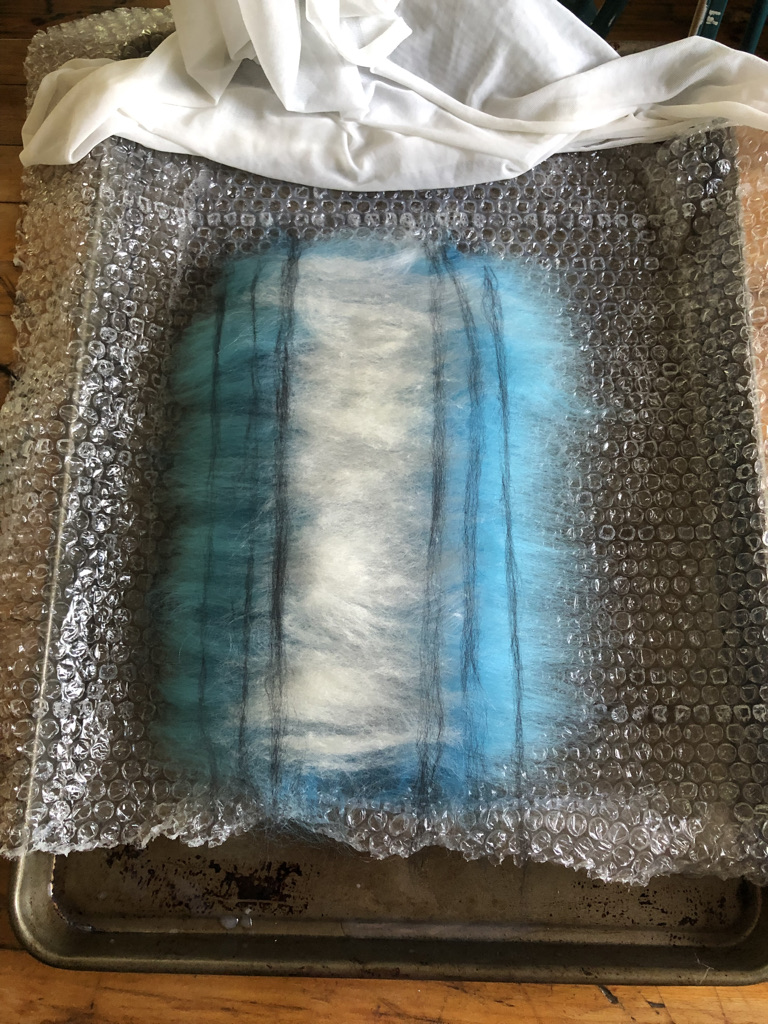
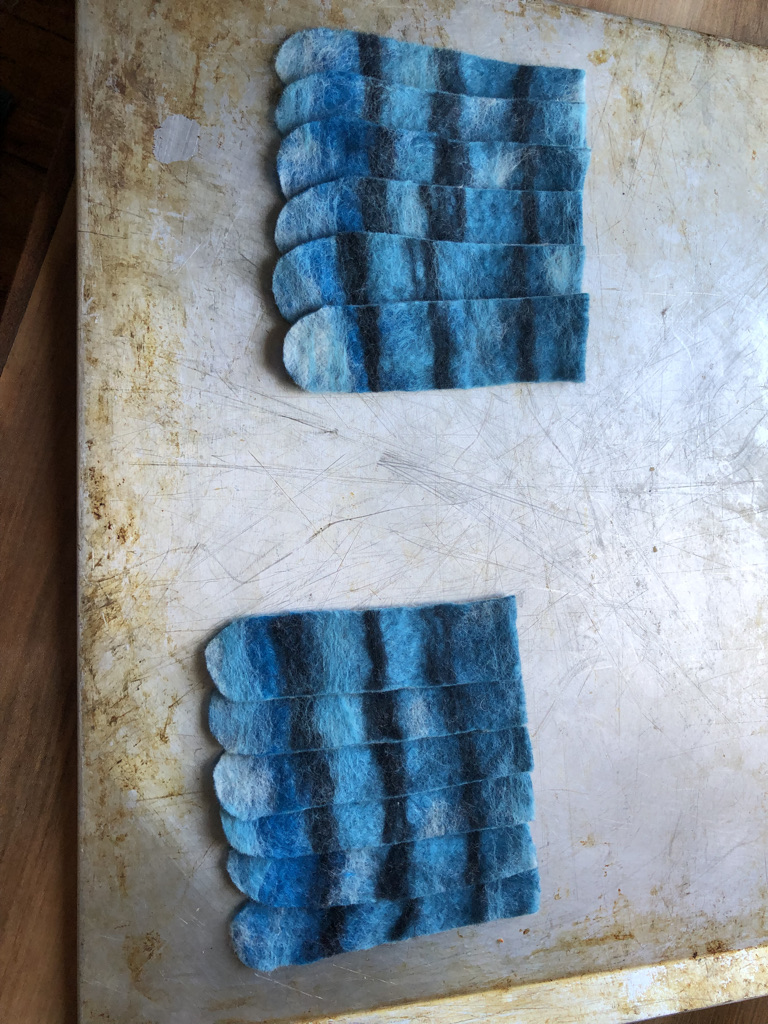


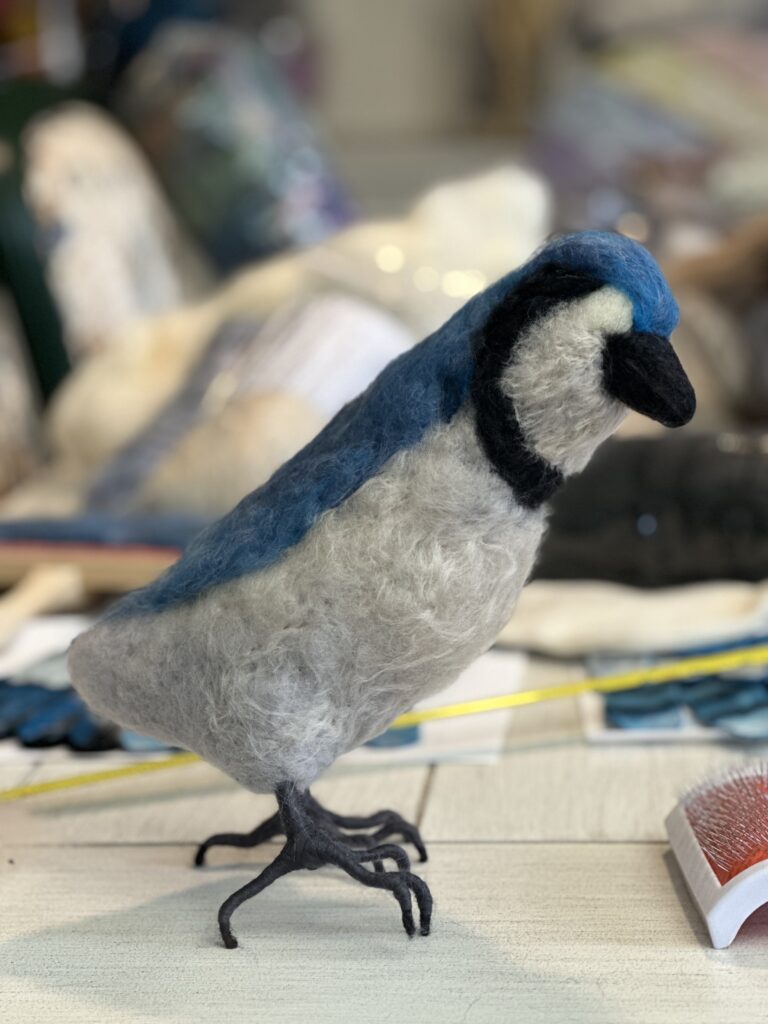

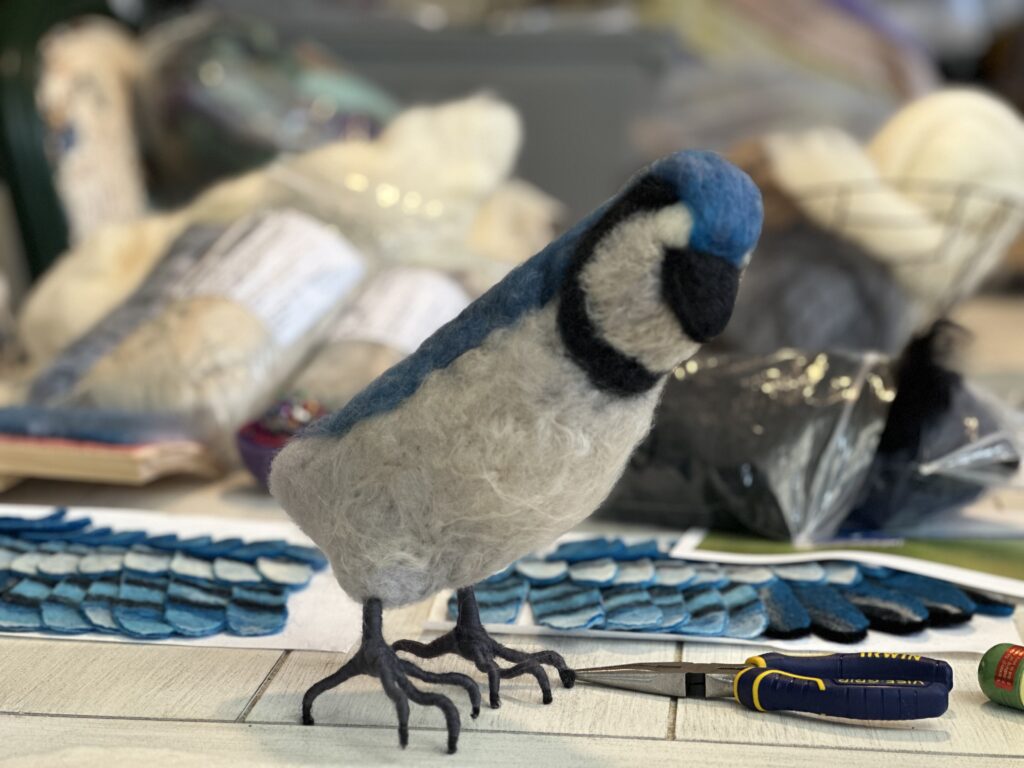
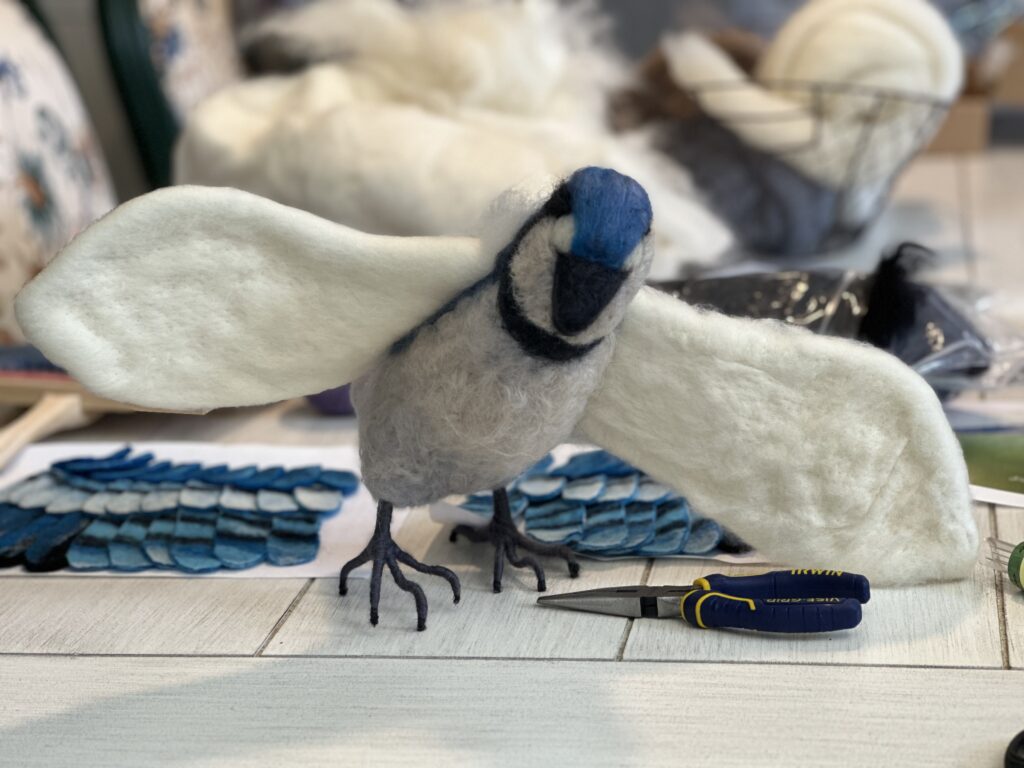
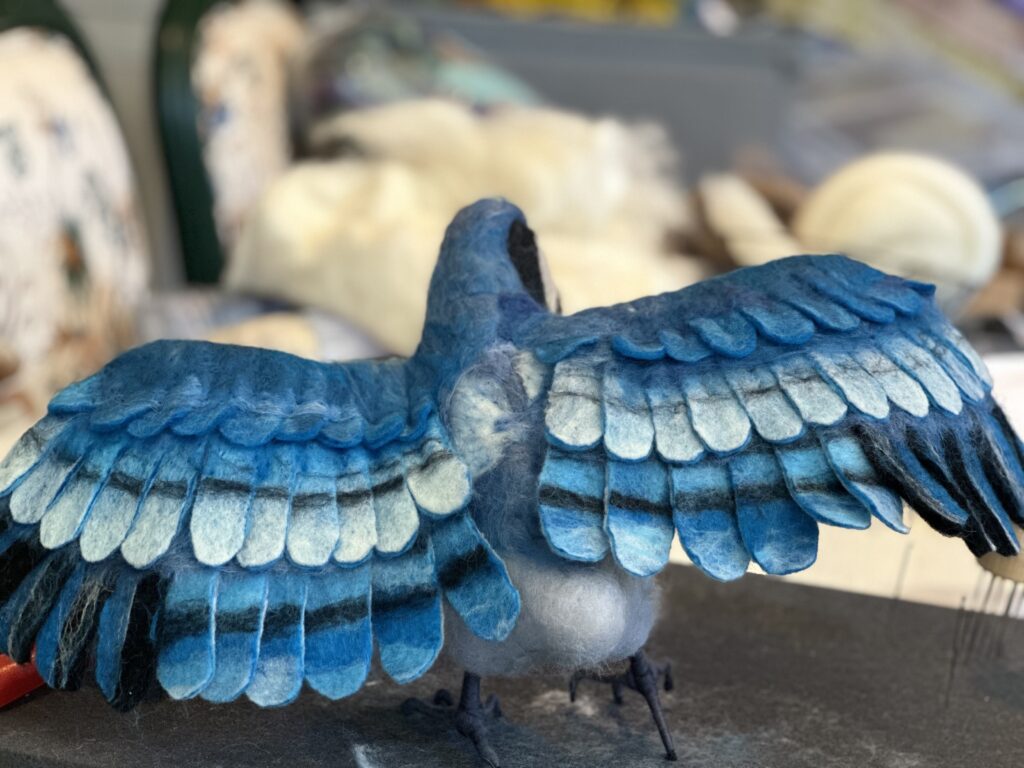

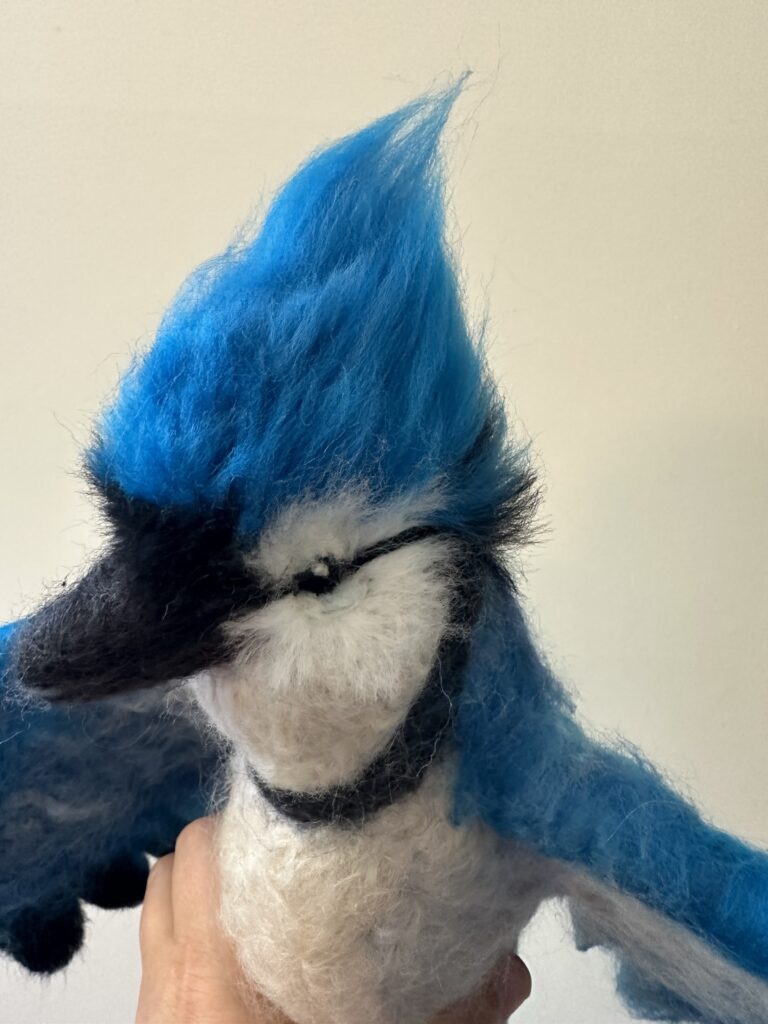
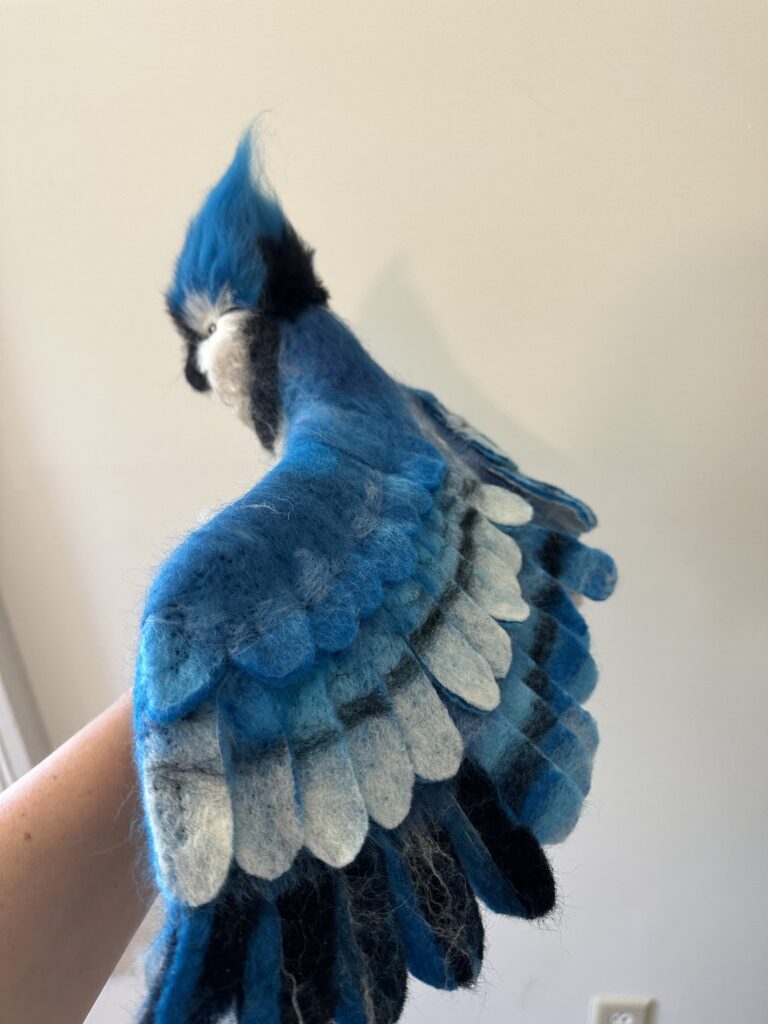


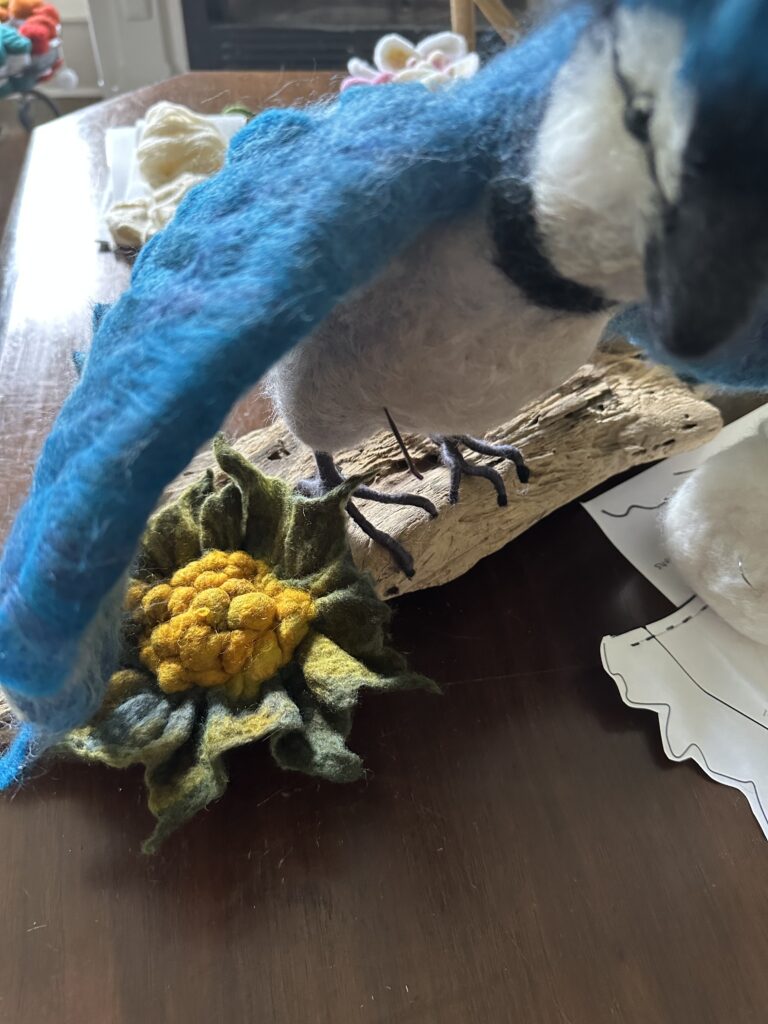
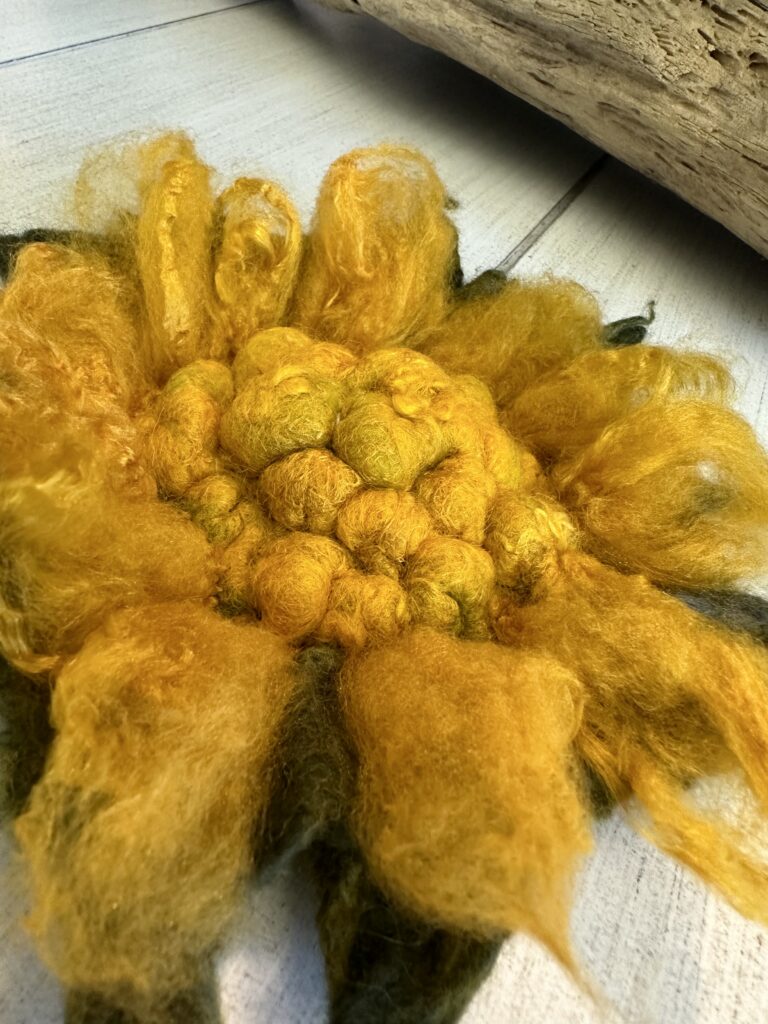



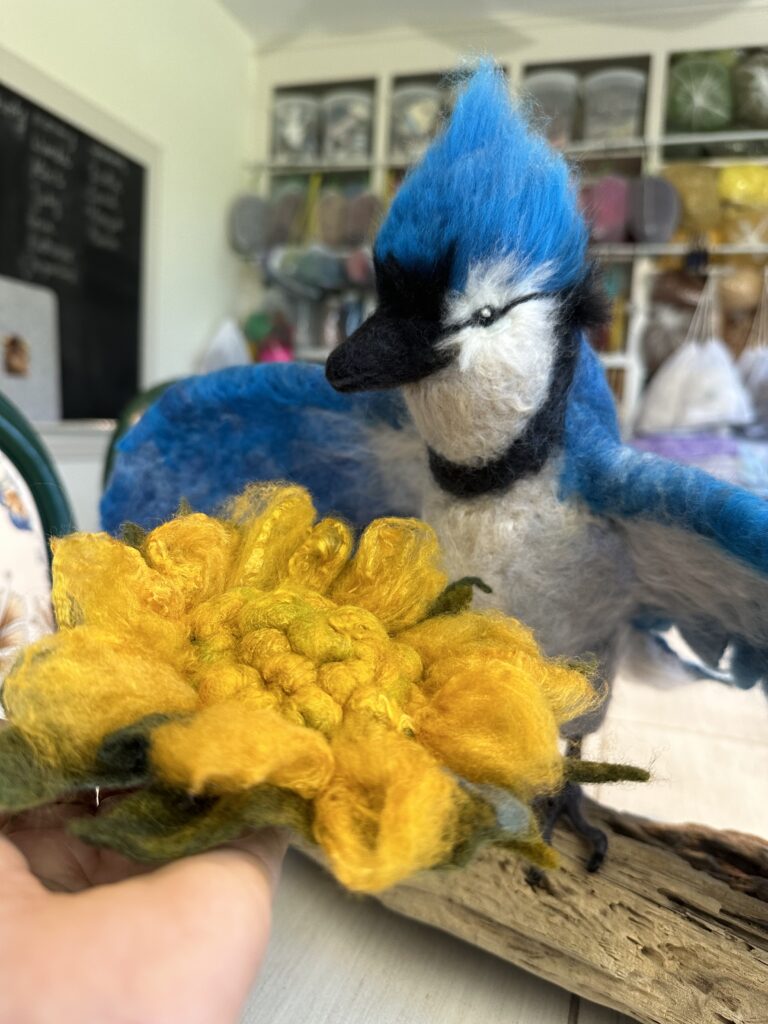
The Blue Jay, known scientifically as Cyanocitta cristata, is a charismatic and striking bird species commonly found throughout North Carolina. This vibrant and intelligent avian resident adds a touch of brilliant blue to the state’s diverse bird population.
Here are a few engaging facts about the Blue Jay in North Carolina:
- Distinctive Appearance: Blue Jays are instantly recognizable with their stunning blue plumage, distinctive crest, and contrasting white face markings. They are medium-sized birds with a robust build and often sport a striking combination of blue, black, and white feathers.
- Vocal Acrobats: Blue Jays are renowned for their vocal prowess and are known to mimic the calls of other birds and animals. Their loud, clear calls and raucous screeches can be heard echoing through North Carolina’s woodlands and suburban neighborhoods.
- Year-Round Residents: Blue Jays are non-migratory in North Carolina, making them a common sight throughout the year. They are adaptable and can thrive in a variety of habitats, from dense forests to urban parks.
- Omnivorous Diet: Blue Jays have a varied diet that includes nuts, seeds, insects, and even small vertebrates. Their fondness for acorns is especially vital for forest regeneration, as they help disperse oak tree seeds.
- Nesting Habits: These birds build sturdy cup-shaped nests in trees and shrubs. Their nests are often well hidden, and Blue Jays are protective parents, fiercely defending their nest and young.
- Social Birds: Blue Jays are highly social and often seen in family groups or small flocks. They are known for their curious nature and are quick to investigate new things in their environment.
- Role in Ecosystem: Blue Jays play a vital ecological role by aiding in seed dispersal. When they cache and forget about seeds (a behavior known as scatter-hoarding), they inadvertently help in the growth of various plant species.
- Blue Jay Symbolism: In North Carolina, Blue Jays are not just appreciated for their ecological contributions but also hold cultural significance. Their vibrant blue feathers and striking appearance make them a symbol of beauty and inspiration.


